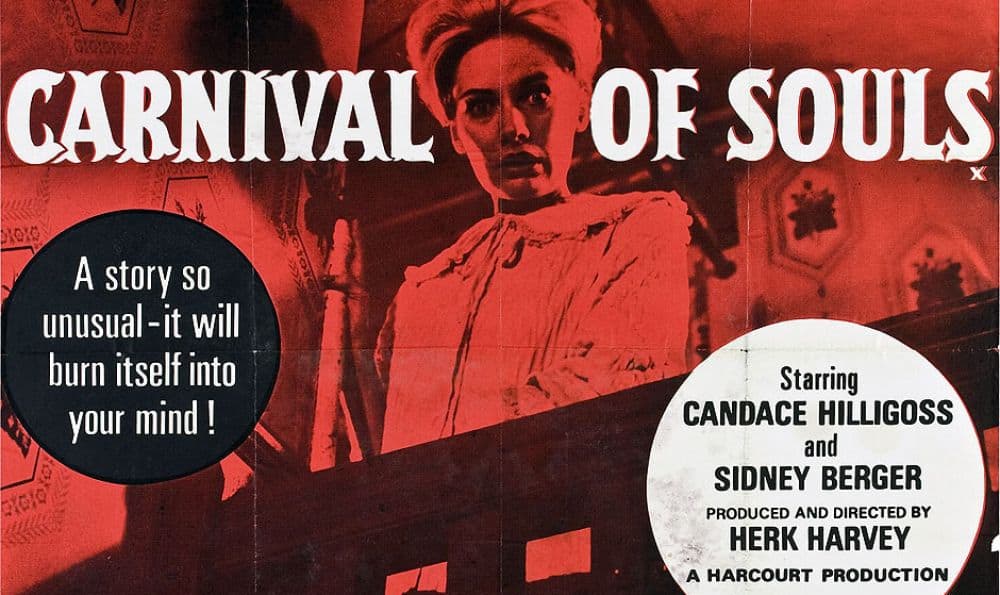
Celebrate the 50th Anniversary of the Cult Classic ‘CARNIVAL OF SOULS’
A face appears in the night. Amid the darkness emerge two sunken-in eyes surrounded by pale white skin. It’s hard to tell whether the ghastly expression is that of someone living or dead. This face initially appears to Mary while driving to her new job in Salt Lake City as she passes the Saltair Pavilion. It’s a simple and yet creepy face that repeatedly haunts the main heroine of Carnival of Souls throughout the duration of the movie and will no doubt leave a lasting impression on the viewer as well.
Carnival of Souls, a mostly forgotten film from 1962, stands as the only feature film directed by Herk Harvey. The film’s original intention was to have the “the look of Bergman” and the “feel of Cocteau” that would eventually appeal to arthouse filmgoers. After a long and frustrating battle between Harvey and the distributors, Carnival was eventually dumped onto a double bill with The Devils Messenger (1962) and cut down to allow for more screenings. It wasn’t until late night television appearances – the film still exists in the public domain – that an audience began to discover this hidden gem. More and more people began to hear about this bizarre little film that feels more inspired by directors like Fellini than “B” horror greats like Roger Corman. The film’s theatrical re-release in 1989 by Panorama Entertainment saw critics finally viewing the film for what it truly is: an obvious influence on some of cinema’s most well known filmmakers and a memorable staple in horror cinema. Where would Catherine Denueve’s character that is slowly losing her sanity in Repulsion be without Carnival of Soul’s main lead? Where would George Romero’s pasty-faced zombies be without the white oil painted ghouls in Carnival of Souls? Where would one of the most iconic shots in Francis Ford Coppola’s Apocalypse Now be without the sight of Herk Harvey as the creepy ghoul also emerging from murky water? Where would David Lynch’s femme-fatales on the brink of madness in Mulholland Dr. and Inland Empire be without Candace Hilligoss’s church organist that teeters the mental line into hysterics? Even more recently, where would the demonic face that suddenly appears behind the shoulder of Patrick Wilson in Insidious be without the ghoulish face of “the man” in Carnival of Souls? It’s unfortunate that the film stands as the only film from director Herk Harvey, but just as he plays in the film the iconic face that haunts the main character, the director and his film continue to linger in the minds of horror fans 50 years after its initial release. To celebrate the 50th anniversary of one of my personal favorite horror films of all time, I wanted to take a look back and analyze why I also feel it is one of the most important and defining horror films that continues to inspire today.
Let The Dance of the Dead Begin
Herk Harvey, a director of educational and industrial videos for the company Centron, came up with the idea for the film after driving past the Saltair Pavilion on a business trip one evening at dusk. He was awe-struck by the sight of the majestic and historical building that was once a centerpiece for the city’s entertainment. Immediately Harvey knew he wanted to make a horror movie utilizing this location, but all he had in terms of ideas for the film was the inclusion of the abandoned building and the image of a dance sequence involving dead people under the pavilion. Harvey approached fellow Centron worker John Clifford to write the screenplay for his proposed idea that incorporated the location. Budgeted at $30,000 – though some report that it was actually $17,000, director Harvey confirms the original budget on the commentary on the Criterion Collection DVD– the film was shot in Lawrence, Kansas and around Salt Lake City where the pavilion stood. The entire production was made up of non-professionals who hadn’t worked on a full-length narrative feature before – yet alone a horror film. An iconic sequence that I like to refer to as the “Danse Macabre” –which is the name of a poem by Henri Cazalis that went on to inspire a famous orchestral piece – was made up of several college students from the area all painted in the ghoulish make-up dancing within the abandoned building. Moody lighting and the remnants of a party that was once held long ago make this sequence all the more haunting. The Saltair Pavilion existed in multiple forms since its creation in 1893. Fires and floods have destroyed and damaged the building over the years. What is actually seen in the film is the second form that the building took on. A fire by arson destroyed the version seen in the film in 1970 destroying the last remains of the iconic palace. Saltair was born again in 1981 but again fell victim to flooding from the lake. It is as if the area was cursed. In 2005, the new location was fully restored and now stands as a poplar music venue. Even though the location is only shown for a total of around ten minutes in the film, the Saltair Pavilion acts as a haunting character and one of the most memorable locations in horror cinema.
A Woman’s Fear of Life and Death
I have watched and studied this film on countless occasions, going through and analyzing what I believe are hidden themes that are only later discovered in the film upon multiple viewings. Deep within the haunted house “B” movie aesthetic of Carnival of Souls, I feel Herk Harvey has implanted yet another “educational” video like those from his Centron days that warns women of societal stereotypes and the male gaze. He has avoided the art house snobbery typically associated with role defining, transgressive cinema and made a horror movie with a message; one that goes beyond the “Cold War” fear theme that many directors who included social commentaries in film were more interested in telling and did so through the use of giant radioactive monsters. A genuine sense of helplessness – not found often in contemporary horror – is felt, as the haunting male face repeatedly appears to the lead character Mary wherever she goes. Even in the quiet and supposed safe haven of the psychiatrist’s office is Mary haunted by the “man.” Almost every character surrounding Mary is a male figure that attempts to push or pull her in either direction. It is as if they are drawn to her through this connection or attraction to her. Even the woman who owns the boarding home she stays at comes across as someone who fantasizes about her through a frequent mention that Mary can “take all the baths that she wants.” The main source of her repulsion throughout the film seems to be the men in her life. And the ghastly “man’s” face is only one of many that she frequently shrieks in terror at.
Further proving the point that the film seems to focus on the constraints that society has put on women is how the script and cinematography functions in the film. It isn’t until her second visit to the abandoned building do we actually see the run-down and deserted interior of the Saltair Pavillion. Long shadows create dark, vertical and horizontal lines on her face that create the illusion that she’s trapped in a prison of sorts. “You can not live in isolation from the human race, you know,” warns the priest. His message echoes the theme of women being forced to accept their roles in life regardless of their true feelings. The priest, her neighbor, and the ghoulish “man” all seem to want to control Mary’s life and pull her in one direction or another, yet, she’s more interested in living her life by her own rules and to just simply “do her job” as a church organist. Later in the film, during a trip to a doctor’s office, Mary reveals her ongoing fears to which the doctor questions her decision to not fit into society more. Society and the role women play in it is the most dominant hidden theme in Carnival of Souls. Hilligoss seems to balance this fine line between being both curious by the outside world and yet repulsed. On her day off from work she announces to her womanizing and sleazy neighbor that she’s going to go shopping – a stereotype which she seems to be aware have but gives in to anyway to appear as a normal citizen in society. The doctor states, “You’re a very strong-willed person aren’t you,” to Mary during one of their visits. “I survive if that’s what you mean,” is her response. Her strong and forward response speaks volumes of the type of woman she really is under her frightened demeanor. The desperation and sense of abandon that Mary feels in a world that has but ignored her or vilified her due to her dislike of men, the drinking of alcohol, and the engagement in social norms seems to echo the feelings of some women in the 50’s and 60’s. Even when making an arthouse horror film, Herk Harvey seems to have included an agenda and message much like his educational films for Centron that warned kids not to talk to strangers.
The Sequel That Never Was and A Remake That Should Be Forgotten
Herk Harvey was so dissatisfied and distraught after his initial experience with the Hollywood system that he never went on to make another picture. Even years later when magazines like ‘Fangoria’ and ‘Cinefantastique’ praised the film and clamored for a follow-up, Harvey decided to still avoid doing another film. Lead actress Candace Hilligoss wrote a script in 1989 during a reunion tour of the film after the director turned down the thought of a sequel. Camera operator Reza Badiyi seemed to be the only one interested in the potential of a sequel. Peter Soby, a former employee of Shorline Pictures (who was one of many studios who passed after meeting with the duo about their proposed sequel), became extremely interested in the project suddenly and met several times with Hilligoss about the script. These meetings ended with an unknown conversation between Soby and Herk Harvey that Hilligoss was not apart of. What transpired next is something that was never talked about with any of the original parties and still is a topic of much confusion with Hilligoss. A new Carnival of Souls that Soby was going to do with Trimark began pre-production. Soby was apparently never interested in a sequel but rather a remake. It seems that Hilligoss was forced out of her own project.
Horror legend Wes Craven served as executive producer on the 1998 remake. The title is one of the only similarities the two shares. In typical Craven fashion, the film includes a degrading rape sequence that feels cheap and unwarranted – compared to some of his other films – followed by a complete reworking of the original plot. All of the pale-faced ghouls from the original were replaced with more carnival-themed clowns. Less said about this film the better. Amidst all the horror remakes that have been produced through Hollywood recently, surprisingly Carnival of Souls has not been mentioned yet.
50 Years Later and The Souls Have Still Not Died
Unlike the majority of modern horror films, Carnival of Souls is less interested in revealing the twist ending – which is far from shocking – but more interested in detailing the tragic descent into madness that the main character plummets into. In a lot of ways the movie could be more aptly compared to Hitchcock’s Rebecca or Aronofsky’s Black Swan than Shyamalan’s The Sixth Sense; a film which many more commonly compare it to today. A creepy atmosphere is set-up straight from the onset when Mary slowly emerges from the watery site of her near fatal car crash and persists throughout thanks to some stunning images in black and white and a score that fits well with the church organist subplot. The haunting score by Gene Moore is one of the most memorable elements of this cult classic. Moore’s organ score seems ideal for the late night television movie setting where many people first discovered the film. While you may not find it anymore on late night television as some did in the 80’s and 90’s (possibly under the title Corridors of Evil), you can certainly discover the film on several multi-film DVD packs and other low-budget packages. However, the only way to find the full-length 84-minute director’s cut of the film is through the Criterion Collection DVD; one of only a few straight-up horror films the company has ever released. On a technical level, the film no doubt resembles a “B” movie at times. Dialogue is poorly edited into the film in a few clunky overdubbed scenes. Some sequences are sparsely lit and there’s even a few where the film looks to have even been under-developed. Even considering some of these technical issues, there is so much to applaud with this under-appreciated gem. Carnival of Souls may not blow you away upon first watch but the film’s power is in its imagery. Multiple shots and sequences will stick with you long after the final reveal. The ghoul first appearing to Mary out of the corner of her eye on the open road, the abandoned Saltair Pavillion still adorned with old confetti and paper decorations, Mary’s surreal experience in the department store, and an amazing scare involving Mary seeing “the man” in the mirror that seems to have inspired a classic scene in Kubrick’s The Shining, are all sequences that showcase some of the “old-school” scares that the film revels in. Strange visions and events plague the lead throughout the film, and even though they may seem a bit tame by today’s standards, the psychological horror feels very real and still seems relevant in contemporary horror. Fifty years after being dismissed by audiences and critics, Carnival of Souls now more than ever holds the power to take horror fans to a mental and physical place that feels like a surreal nightmare. The Saltair Pavillion is an iconic and unsettling location that sets the stage for a cult classic that blends horror archetypes and a subtle social commentary that adds even more depth to the film’s horror. Take a look at the photo I have included below of director Herk Harvey from the film. I wouldn’t be surprised if new horror fans in 50 years that discover Carnival of Souls for the first time aren’t also terrified by the sight of the haunting “man.”
Comments
-
-
laundry pick up and delivery service
I don’t even know the way I stopped up right here, but I assumed this put up was good. I do not recognise who you're however definitely you are going to a famous blogger in the event you are not already ;) Cheers!
-
silicone baking mats
I want to voice my love for your kind-heartedness supporting individuals that really want help on the subject matter. Your real commitment to getting the message across became especially practical and has in every case enabled girls like me to realize their goals. Your entire insightful instruction can mean a whole lot a person like me and additionally to my mates. Warm regards; from each one of us.
-
sbobet
Thanks for your write-up. I also believe laptop computers have become more and more popular currently, and now tend to be the only form of computer employed in a household. This is because at the same time actually becoming more and more very affordable, their processing power is growing to the point where there're as strong as personal computers out of just a few years ago.
-
ขายของออนไลน์
I acquired more a new challenge on this losing weight issue. One particular issue is a good nutrition is very vital while dieting. A massive reduction in junk food, sugary food items, fried foods, sweet foods, beef, and bright flour products could possibly be necessary. Keeping wastes parasitic organisms, and poisons may prevent goals for losing fat. While specified drugs briefly solve the condition, the horrible side effects will not be worth it, and in addition they never provide more than a non permanent solution. It is a known indisputable fact that 95 of celebrity diets fail. Thanks for sharing your thinking on this blog site.

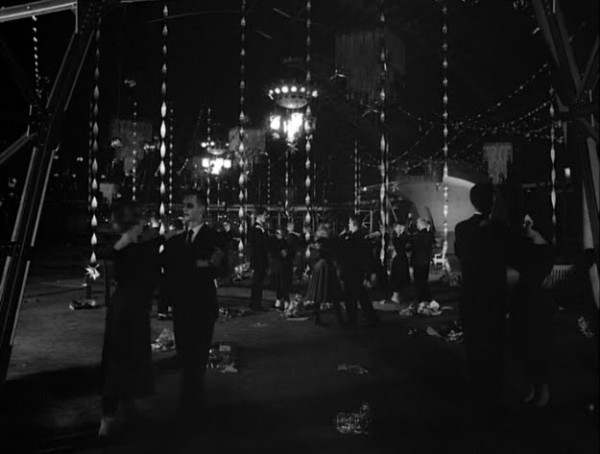
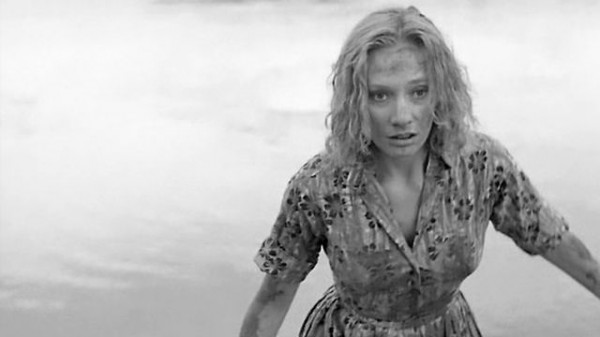
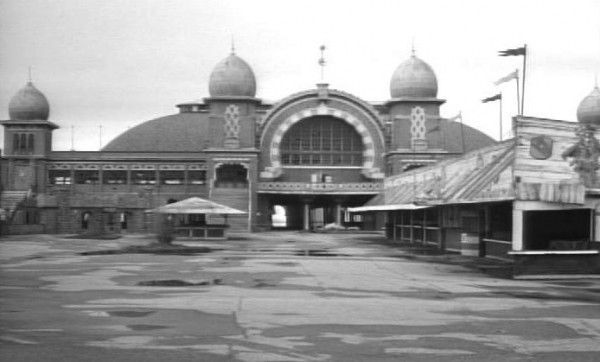
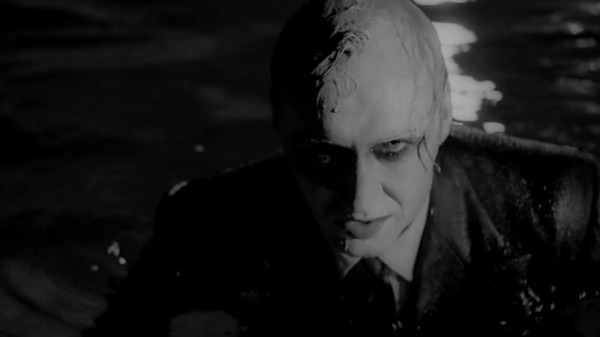
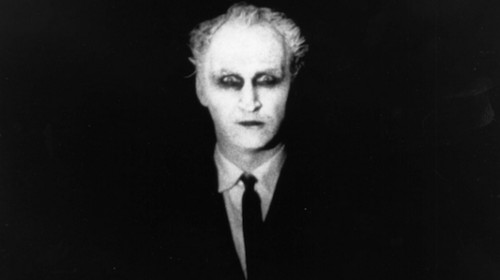
Discover More
I conceive this internet site contains some real superb information for everyone :D. "This is an age in which one cannot find common sense without a search warrant." by George Will.